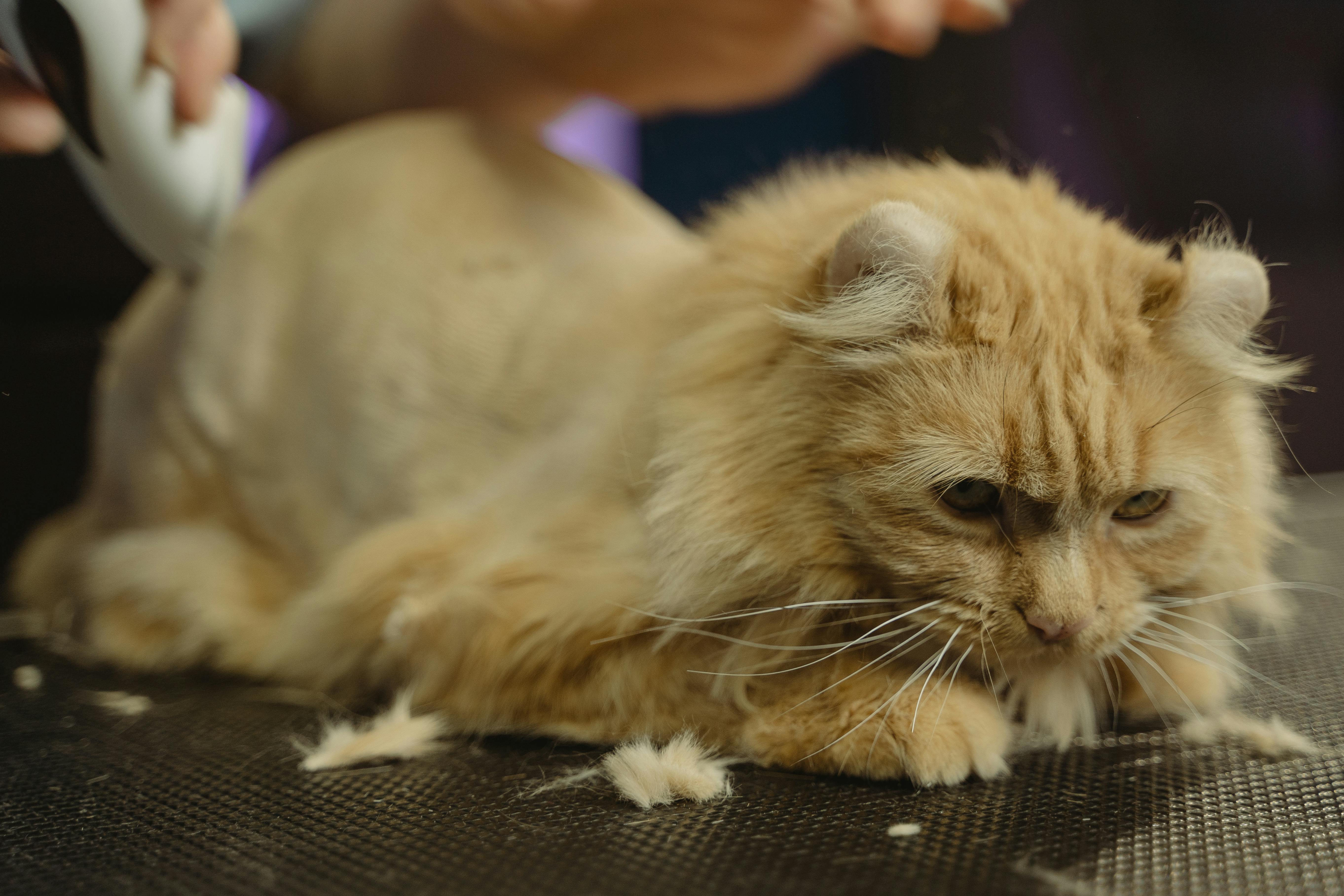Cats are clean creatures and naturally want to cover their tracks, for example by burying any messes they make, and since most cats prefer to relieve themselves with loose, grainy substances, it’s not surprising that they quickly learn to use a litter box of cat litter. But when your preferences include other favorite areas within your home, trouble begins.
The main reasons cats choose not to use the litter box are that they disapprove of the location of the box or have an aversion to the box itself, its contents, or even some dissatisfaction with the depth of the litter. The cat litter box may be in the wrong place, maybe not private enough.
Some other reasons maybe:
o The contents of the box may not be satisfactory to the cat, for example the smell of the contents.
o The cat litter may not be emptied often and the litter box may not be cleaned often enough.
o The cat has experienced pain when urinating or defecating in the box due to a medical condition.
o The cat often gets upset while using the box.
o The cat may associate the box with punishment if it is often placed in the box after making a mess in another part of the house.
In the event of a mishap, it is important to thoroughly and properly clean the dirty areas. However, strong-smelling household cleaners won’t help. You will need an enzymatic cleaning fluid specifically for this purpose to remove the odor or deter your pet from re-marking the area.
To help with litter box training, try a few different approaches, but your patience will pay off in the end and improve your cat’s behavior:
o Ensure that the litter box is kept clean at all times, pick up at least once a day and completely renew the litter box every four or five days. If the box smells unpleasant to you, then you can be pretty sure it’s offensive to your cat as well.
o Try placing a new box in a different spot, with a different type of litter. Your cat may have decided that her old litter box is off-putting or not private enough, so a different box with different contents in a different location will ensure the cat doesn’t apply the same negative associations to it. the new box. .
o Make sure the litter box is not in a place where there are noises that could disturb the cat, or in an area of the house that your cat does not frequent.
o Try to encourage your cat to use the box after meals by suggesting to the cat the purpose of the box, limit the cat’s diversion area if he tries to get out of the box, tap on the litter to get the cat’s attention but don’t try to manipulate their claws through the sand which will become a natural reaction for them once they have appreciated your intentions.
Once you begin to succeed in your efforts, a small gift or praise may be appropriate, but if, on the other hand, you are tempted to get upset if things don’t go to plan, though a slight correction may be necessary, going overboard by become loud and annoying. irrational will only have the opposite effect.
